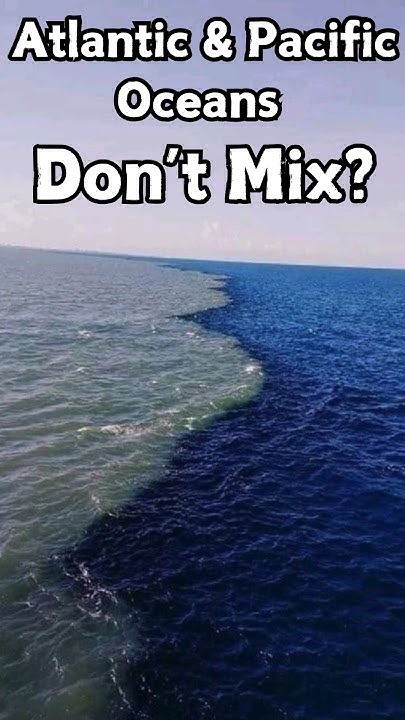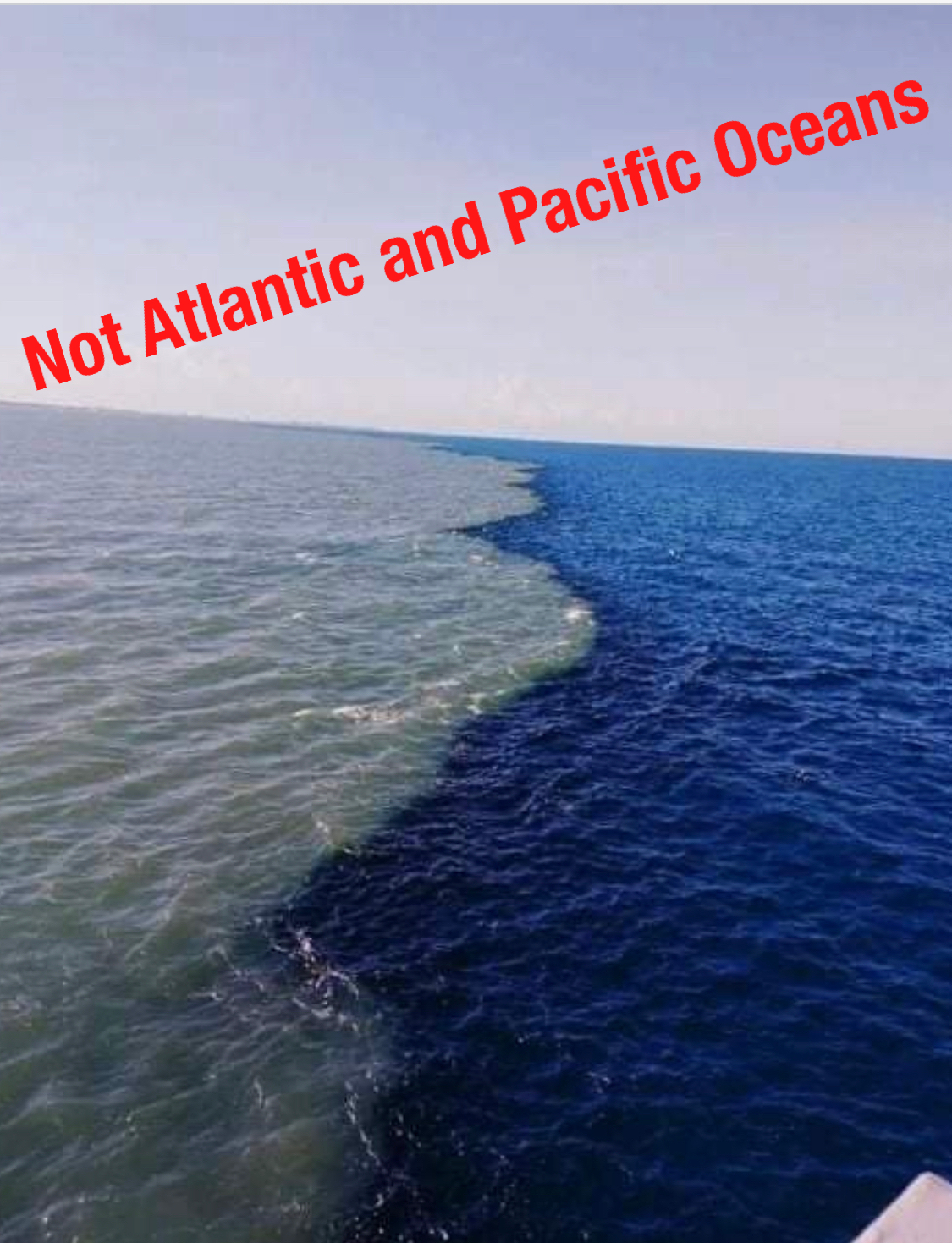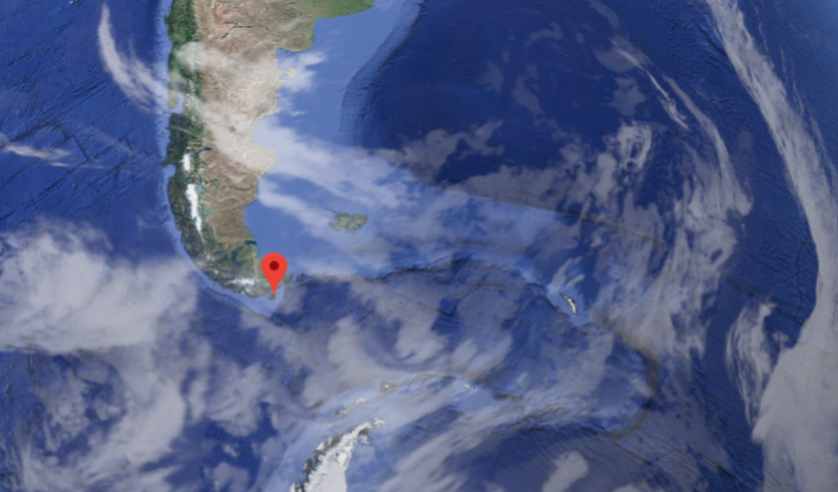Why The Atlantic And Pacific Don't Mix

Ever stared out at the ocean and thought, "Hey, I wonder what would happen if I mixed these two?" Well, if those two happen to be the Atlantic and the Pacific, the answer is… a bit of a showdown! They meet, alright, but they don't exactly become best buddies.
Think of it like this: Imagine inviting your two friend groups to the same party. One group loves heavy metal and spicy food. The other is all about classical music and mild-mannered tea. Awkward, right? That's kind of what happens where these colossal oceans collide.
Why the Ocean Party Gets a Little Tense
So, what's the big deal? Why can't these watery giants just get along? It all boils down to differences. Think of it as a watery version of the Hatfields and McCoys.
Salt: The Spice of (Ocean) Life
First up: salt! The Atlantic tends to be saltier than the Pacific. It's like one punch bowl has way more juice concentrate than the other.
Why? The Atlantic has a lot more evaporation, especially in its warm subtropical regions. Evaporation leaves the salt behind, making the water extra salty.
Density: Heavy is the Head That Wears the Crown (of Water)
Saltiness affects density. Saltier water is denser. And denser water, you guessed it, sinks! Imagine trying to mix oil and water – same principle!
Temperature: Hot vs. Cold
Next, we have temperature! The Pacific is generally colder. Think icy margarita vs. warm bathwater.
Colder water is also denser, adding another layer to the "won't mix" cake. You can almost hear the oceans saying, "We’re just too different!"
The Meeting Point: More of a Standoff
Okay, so they're different. But what happens when they actually meet? Picture this: You’re at that aforementioned awkward party, and the metalheads and classical music fans end up standing near each other.
Instead of mingling, you see a distinct line. One side is headbanging, the other is politely clapping. That line? That's what you see where the Atlantic and Pacific meet!
You can literally see a visible division in the water, a foamy line where the denser, saltier, and sometimes colder water of one ocean clashes with the less dense water of the other.
But Wait, There's More! (Turbidity, the Unsung Hero of Ocean Division)
Let's add one more ingredient to this oceanic cocktail: turbidity. Turbidity is basically how clear or murky the water is.
The Atlantic, thanks to runoff from various sources, often carries more sediment. This makes it look a bit murkier compared to the Pacific's clearer waters.
This difference in clarity contributes to that striking visual line where the oceans meet. It’s like one side is rocking a filter and the other isn’t!
The Grand Finale: A Beautiful, Uneasy Truce
So, the Atlantic and Pacific don't really "mix" in the way you might imagine. Instead, they create this fascinating, visible boundary. They stand next to each other but don't fully combine due to differences in salinity, density, temperature, and turbidity.
It's not a perfect mix, but it’s a beautiful example of the natural world's quirks. Think of it as a reminder that sometimes, differences are what make things interesting! Even if those things are gigantic bodies of water.
So, next time you're near the ocean, remember this watery standoff. The world is full of wonderful, sometimes awkward, interactions. From oceans to parties, it's all part of the fun!


















